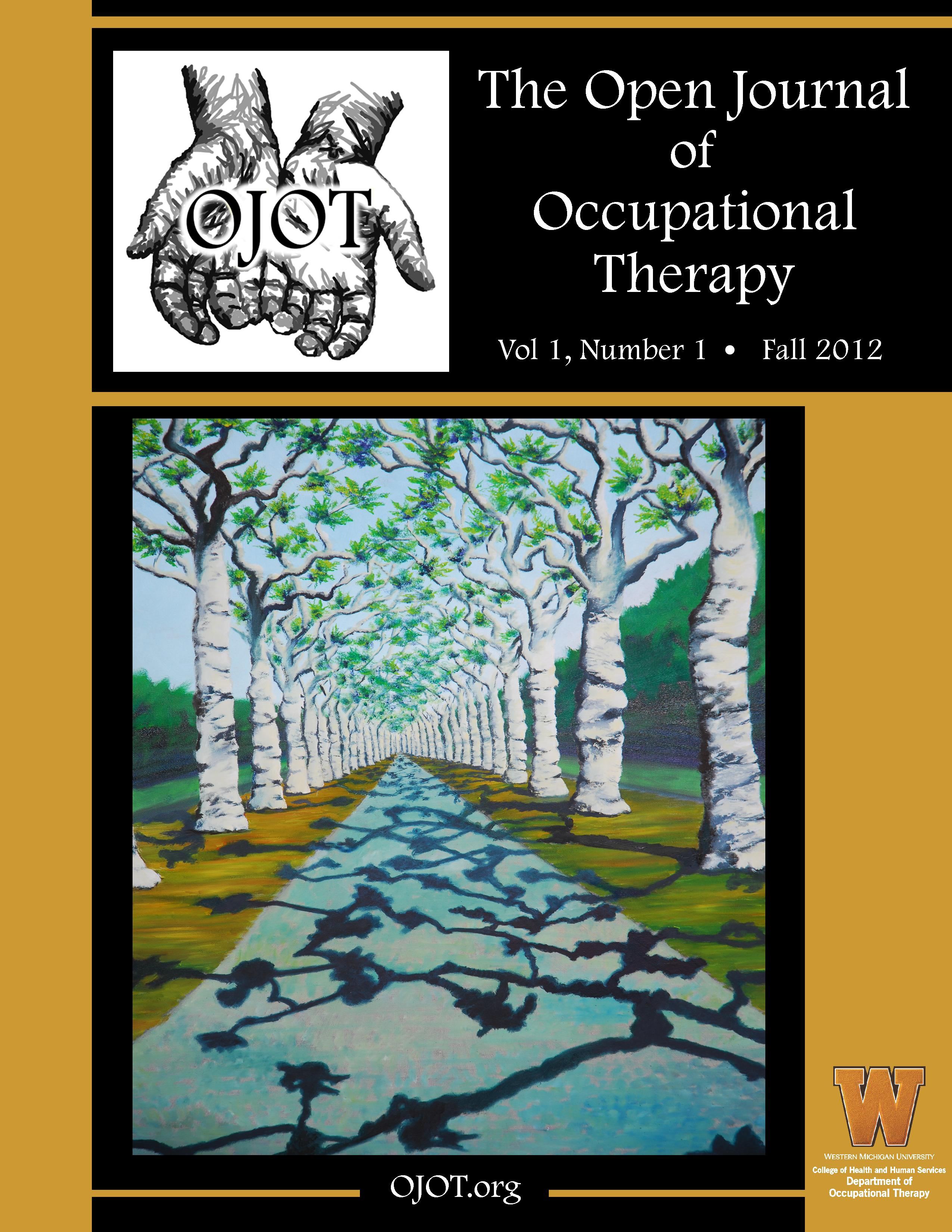ScholarWorks > HHS > OT > OJOT > Vol. 5 > Iss. 1 (2017)
Credentials Display
Tracy M. Shank, MS, OTR/L, CHT; Marissa Eppes; Md Jobayer Hossain, PhD; Margaret Gunn; Tariq Rahman, PhD
Abstract
Background: The Wilmington Robotic Exoskeleton (WREX) is a body-powered, four degrees of freedom orthosis that allows gravity-minimized movement of the arm at the shoulder and elbow. We sought to measure patient satisfaction and performance with use of the WREX during activities of daily living, play, and at school.
Method: Twenty-five families completed a phone interview based on the Canadian Occupational Performance Measure (COPM). These families all had a child, aged 2 to 21years, who had a neuromuscular disorder and who had used the WREX for at least eight months. The parents rated their child’s performance of and satisfaction with important activities both with and without the WREX. The scores were assessed for change between the two conditions.
Results: Twenty-four out of the 25 parents reported that their child had greater levels of performance and satisfaction when they were wearing the WREX. The mean change in performance score was 3.61 points, and the mean change in satisfaction score was 4.44 points.
Conclusion: Families who have a child diagnosed with a neuromuscular disorder and who uses the WREX perceived improved performance and satisfaction with the WREX during self-chosen meaningful activities.
Recommended Citation
Shank, T., Eppes, M., Hossain, J., Gunn, M., & Rahman, T. (2017). Outcome Measures with COPM of Children using a Wilmington Robotic Exoskeleton. The Open Journal of Occupational Therapy, 5(1). https://doi.org/10.15453/2168-6408.1262

